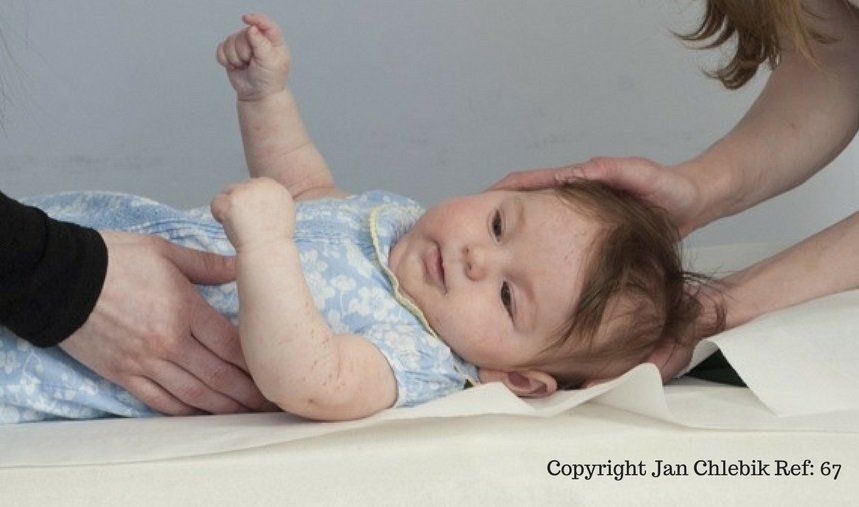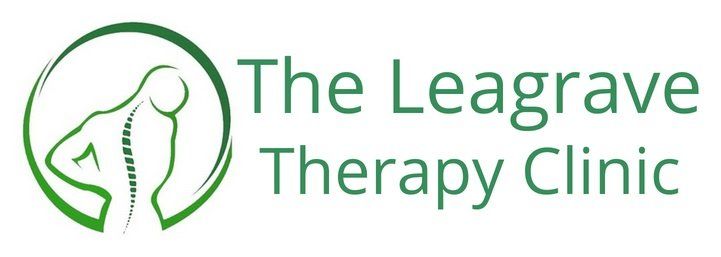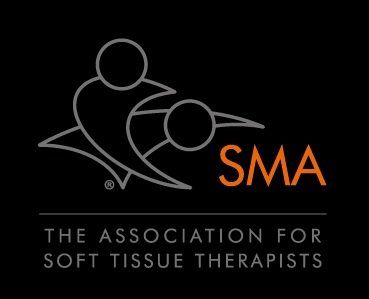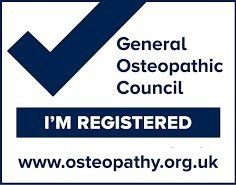
How Can Osteopaths Help Post Birth?
Undergraduate training for osteopaths includes paediatrics and we are qualified to work with babies and children. Many osteopaths hold specialists post-graduate qualifications in paediatric osteopathy and sometimes work with local health visitors and midwives. Osteopaths are trained to screen for medical conditions and we will tell you if you need to see another health professional such as your doctor or midwife.
Osteopathy is a gentle treatment suitable for children and babies, the highly skilled and gentle manual techniques used could help soothe and relax your baby. Osteopathy may help relieve the stresses and strains on the body during pregnancy and after birth Osteopathic techniques are suitable for children at all stages of development and an assessment of your child will be performed to see what might help.
What To Expect
During your first consultation, a comprehensive medical case history is obtained with a particular focus on the pregnancy, birth process and the child’s current health including their diet. A very gentle physical examination is then performed before the process of treatment if considered appropriate.
Further Information
The Birth Process
During the first consultation, a detailed case history will be noted with regards to the child's birth and pregnancy as well as medical case history. The baby is subjected to enormous forces as they twist and turn to squeeze through the mother’s narrow bony pelvic canal.
To make this easier, the baby’s head is designed to adapt and reduce in size by the bending and overlapping of soft bones within the skull. This is called molding and is why many babies are born with oddly shaped heads, otherwise known as plagiocephaly.
In the first few days after birth, the head naturally loses much of the extreme molded shape aided by suckling, crying and yawning.
But, this unmolding process may sometimes be incomplete especially if the birth has been difficult and can leave the baby with uncomfortable stresses in the head or body. This might be because of a variety of problems both in the young baby and later on as the child grows.
Symptoms of Discomfort
A baby who is uncomfortable will draw attention to something being amiss by:
• Crying
• Being unhappy and irritable for long periods.
• Having difficulty falling or staying asleep.
• Showing signs of digestive discomfort.
• Preferring to feed on one side.
Once all of the usual causes of discomfort such as hunger, tiredness, bringing up wind have been dealt with, some babies are still very uncomfortable. Osteopaths consider that this can often be because of physical discomfort.
Head Shape
Distortion or an asymmetry in the baby’s head at
birth often resolves within the first few days. If there is any remaining flattening of one
side of the back of the head at birth, the baby naturally tends to lie on the flat area. This can cause the asymmetry of the head shape to get worse as the baby grows and lead to ‘flat head syndrome’ or ‘plagiocephaly’ results. Osteopaths are trained to assess the physical balance and symmetry of the whole body and advice on causes and management of plagiocephaly. The earlier that this is begun the less likelihood there is of the head distortion becoming severe.
Signs of Asymmetry in a Baby or Child
• Misshapen head.
• Ears may not be level and one may stick out more.
• Eyes may be a different size.
• Preference for breastfeeding on one side.
• Difficulty turning head one way.
• Baby prefers to lie in a bent position.
• Crawling with one foot tucked under the other.
• Walking with one foot turned in.
Development in the First Years
If a child is delayed in reaching the normal developmental milestones, then that child may not be achieving its full potential. Some of these milestones are:
• 4-5 months, starts to roll over.
• 5+ months, first teeth (highly variable).
• 6-7 months, sit largely unsupported.
• 8+months starts to walk unaided.
• 12-18 months, pre-speech gabbling, followed by simple and single word pronunciation.
• 2+ years, several words are put together.
• 2 years 3+ months, simple sentences.

How Can Osteopathy Help?
Osteopaths are trained to assess the physical state of infants and children to determine if there are physical reasons for any delay in reaching developmental milestones. For example, stiffness in the spine and pelvis can make it difficult for a baby to learn to crawl.
Osteopaths are knowledgeable and responsible professionals who will refer children to other health care professionals when necessary.
Behaviour
Before a child has learnt to express itself verbally, it has to find other means of communicating. Sometimes a child may be awkward, uncooperative or just plain difficult, especially when tired. If a child has physical imbalances and tensions, then difficult behaviour may be their way of expressing their discomfort. When these tensions are released they often become much happier and more relaxed.
Occasionally a child’s behaviour can alter sustaining a fall, a commond occurrence awhen the child is toddling or learning to walk. Osteopaths are trained to be able to assess the physical state of infants and children to determine if there are any physical reasons for their difficult behaviour.
What Does The Research Say?
Read a related blog here.



